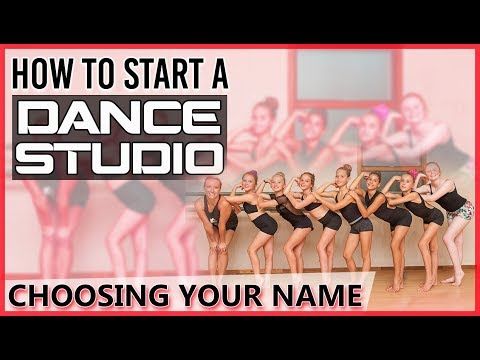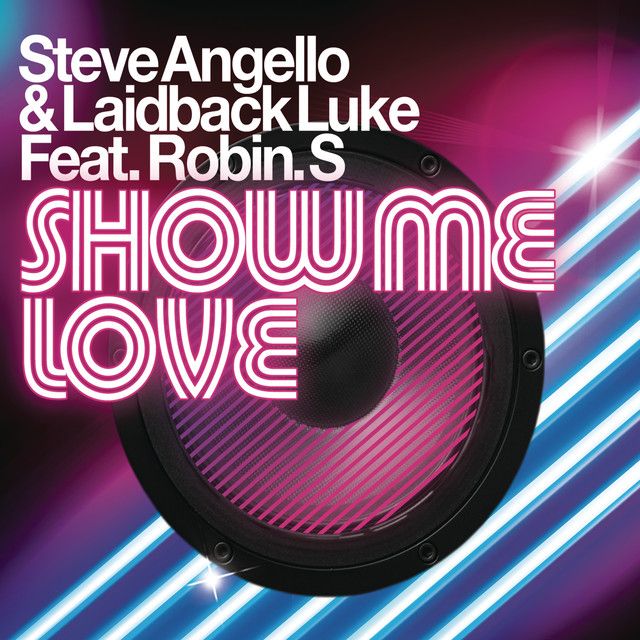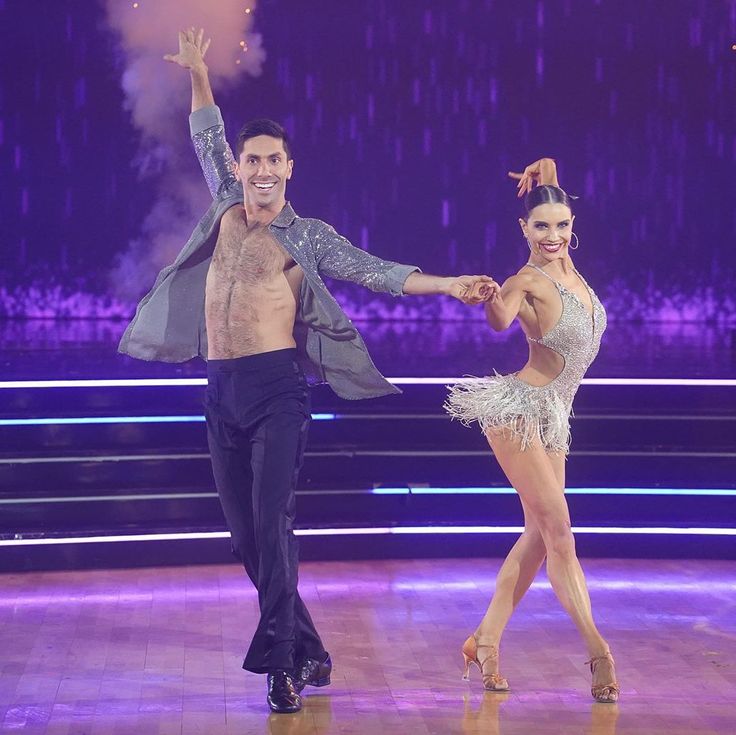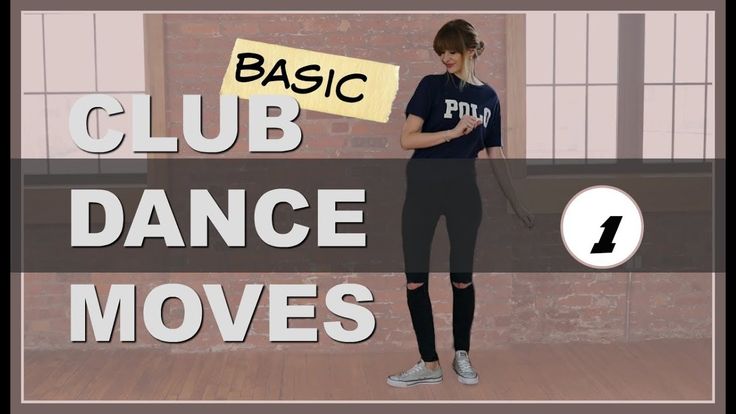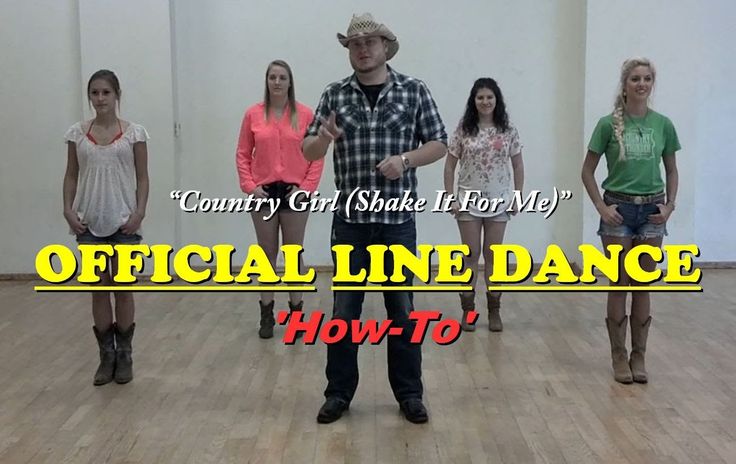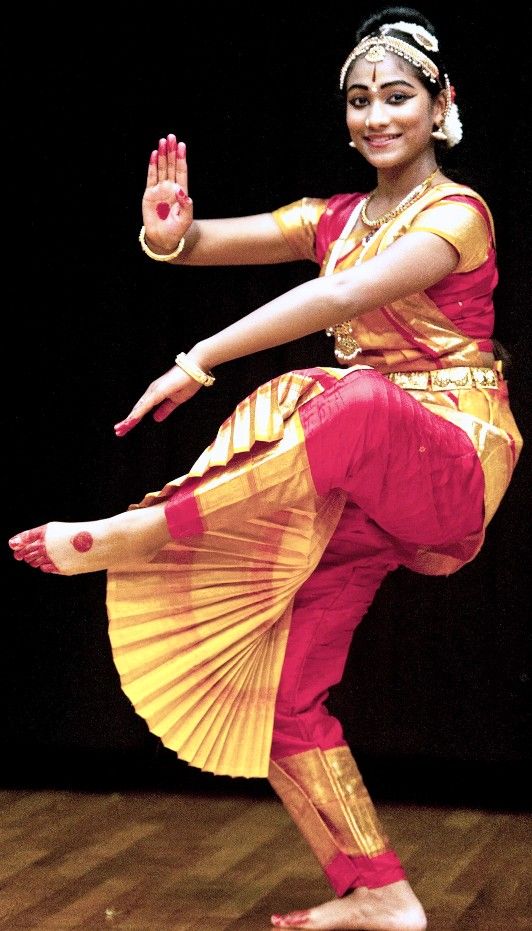How to find a good dance studio
7 things to look for when choosing a dance studio
1. Friendliness of Teachers
These are the people that will be teaching your child. Did they make sure to meet each child and learn their name? Your child should be in an environment where they feel comfortable, special, and cared for.
The Dawsonville Dance Difference
The teachers at Dawsonville Dance strive to cultivate good relationships with their students through personalized instruction.
2. Qualification of Teachers
Do the teachers have adequate dance experience? Dance, especially ballet, is something that most teachers will have started training in when they were children. Teachers should have years of training and performance experience. They should also continue their education by attending conferences, seminars, and shows.
The Dawsonville Dance Difference
Dawsonville Dance has an extremely qualified staff, as indicated by their bios and the numerous awards they have won.
3. Age-Appropriateness
Children are healthiest when they are allowed to just be children. A studio that focuses on health and technique does not need to have compromising moves or costumes. Also, a studio should not introduce your child to mature music with questionable lyrics.
The Dawsonville Dance Difference
At Dawsonville Dance our goal is to partner with you as a parent to do what is best for your child. Dawsonville Dance will always have non-compromising costuming and clean song lyrics.
4. Safety
As with any physical activity, there is a risk for injury. But a good dance studio will take great efforts to reduce the risks. A reputable dance studio will have a specially constructed dance floor. Dancing on concrete can send shock through a dancer’s ankles and knees, potentially creating injuries. A good dance floor will be “sprung” – have cushion – on the bottom, and a special vinyl mat – often called “marley” – on the top.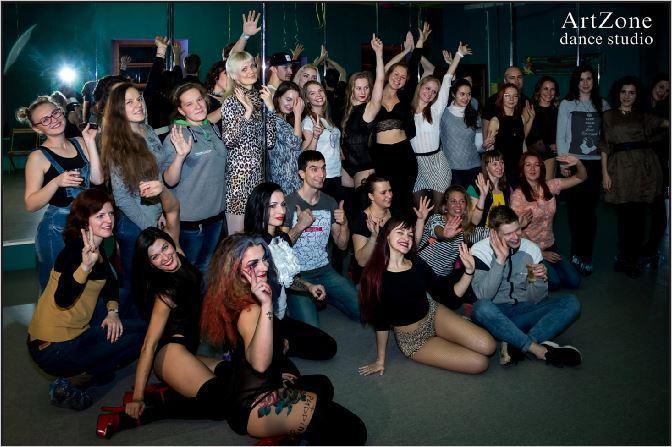 If a studio spent time and money in making sure you have a safe area to practice, you can bet that they’ll watch out for your safety during class too.
If a studio spent time and money in making sure you have a safe area to practice, you can bet that they’ll watch out for your safety during class too.
The Dawsonville Dance Difference
Dawsonville Dance’s floor is state-of-the-art, and we even have a 6″x6″ model so you can see how it was constructed! Also, our teachers will not instruct students to attempt anything that would be hazardous, and we encourage students to not push through injuries that they should be resting.
5. Class Placement
Being placed in the proper class is very important for maximum growth. Children should be in a class where they are challenged to grow and learn, but not feel over their head. Often times in dance classes, this will mean placing students by experience and ability rather than based solely on age. This is a great time for your child to make friends of different ages. Sometimes a teacher will move a child to a new class they feel the child will do better in.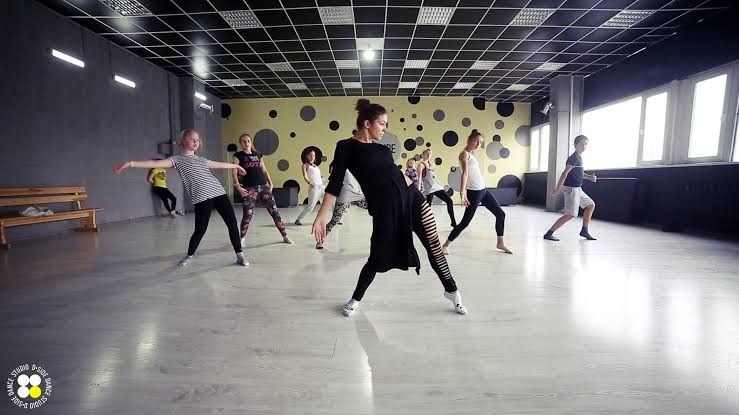 This is a responsible thing for a teacher to do, because they should want your child to have the best dance class experience possible.
This is a responsible thing for a teacher to do, because they should want your child to have the best dance class experience possible.
The Dawsonville Dance Difference
At Dawsonville Dance, we initially place new students based on age with more challenging programs becoming available as they progress through a level placement system. We also employ mid-year evaluations to make sure that students are progressing as needed.
6. Class Size
Having crowded dance classes is less than ideal for several reasons. First of all, there should be enough room in the studio for students to stretch and move in a group without worrying about bumping into each other. Secondly, there should be a reasonable amount of students in the class so that your child gets adequate attention from the teacher. Several things in dance classes are done by taking turns, so you want to be sure the class is not so full that they hardly get their turn.
The Dawsonville Dance Difference
Dawsonville Dance is proud of our small class sizes, designed to give your child the most benefit from their classes.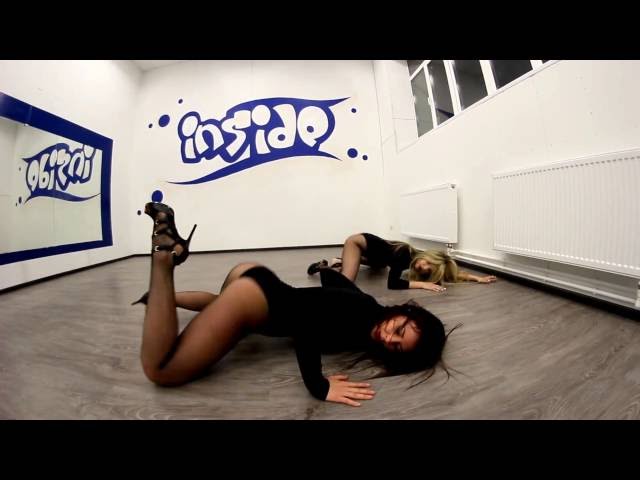
7. The Overall Feeling
Are students and parents happy at the studio? Is the staff pleasant? Is the studio well-kept and cared for? These are all signs that you are at the right studio. A studio should be a safe environment for children to learn and grow.
The Dawsonville Dance Difference
Dawsonville Dance is a family studio, run by a family, and run for families. We love our students and are honored that you allow us to be a part of their lives!
Read more about our studio’s journey and how you can become a part of it.
Do we sound like the right dance studio for you?
Enroll Today!
Choosing a Dance Studio – A Guide for Parents
By Emily Yewell Volin of Dance Informa.
Faculty
A studio is only as good as its instructors and different classes require a different type of instructor for optimum benefit. While professional performance experiences with reputable companies are frequently a guarantee of technical ability on the teacher’s behalf, the same doesn’t always translate to top-quality instruction. Find out where current and former students of the studio are and what they are doing. The goal is for your young dancer to find a place with excellent technical training alongside a passion for embracing youth development. This partnership of purpose helps young dancers generalize lessons from dance study to inform their future endeavors. Pay attention to the variety of teachers employed by the school – the more diverse, the better.
Find out where current and former students of the studio are and what they are doing. The goal is for your young dancer to find a place with excellent technical training alongside a passion for embracing youth development. This partnership of purpose helps young dancers generalize lessons from dance study to inform their future endeavors. Pay attention to the variety of teachers employed by the school – the more diverse, the better.
Class Offerings
What type(s) of dance does your child hope to study? Find out what genres the school offers. Options include, but are in no way limited to, classical ballet, creative movement, jazz, contemporary, modern, tap, world dance, hip-hop, social dance, leaps and turns, and stretch. Ask the school for class definitions and then compare what your child seems interested in with the options.
Communication
Find out how the studio communicates with its students and their families. Does the school utilize a website or social media to keep families informed of news, weather-related closings and general announcements? What are the payment options for classes? Are discounts offered to those who pay for a half-year or a full year instead of monthly? Can you pay online or set up an auto payment? And on which day of the month will tuition be due? Notice if audition postings, summer study fliers and dance-related news, health and tips articles are available to students. A vibrant studio will have a constant influx of current news and information available for students and their families.
A vibrant studio will have a constant influx of current news and information available for students and their families.
Student Placement & Progress Reports
Ask how the school will properly place your child into class. Is there a placement audition or will the child be asked to sample a few classes and decide, upon consultation with faculty, where he/she best fits? How will your student receive feedback about goal-setting and accomplishment? Is there a system in place for student reflection about his/her progress? Also, find out if/when parents are welcome to observe class. Most schools designate a parent watch week and a few schools offer one-way mirrors or live video feed from the studio to the lobby for interested parents. Know that it is important for your student to be able to do his/her class work without constant parental input, but that it is important for a parent to be aware of his/her child’s work ethic and progress.
Conservatory, Competitive or Recreational
Deciding what type of school or class is best for your child can be tricky. Is your child drawn to dance because of a particular exposure to movement? Does your child enjoy performance and/or competition or want to dance recreationally? These are questions to ask your aspiring dancer. Most studios offer a few different tracks for dancers. You can register for once weekly recreational classes that may or may not include a performance component – typically a recital or informal event. However, if your dancer hopes to be involved in large-scale productions and commit to a conservatory-type of training in various genres for several hours a week, you may want to audition for placement in the studio’s youth company. Finally, some studios offer a competitive option. These schools typically offer the opportunity to audition for inclusion on a traveling competitive team.
Is your child drawn to dance because of a particular exposure to movement? Does your child enjoy performance and/or competition or want to dance recreationally? These are questions to ask your aspiring dancer. Most studios offer a few different tracks for dancers. You can register for once weekly recreational classes that may or may not include a performance component – typically a recital or informal event. However, if your dancer hopes to be involved in large-scale productions and commit to a conservatory-type of training in various genres for several hours a week, you may want to audition for placement in the studio’s youth company. Finally, some studios offer a competitive option. These schools typically offer the opportunity to audition for inclusion on a traveling competitive team.
Dress Code
What type(s) of dress codes are in place at the studio you are considering? The answer to this will inform your knowledge of the studio’s approach. You hope to find that the school requires form-fitting clothing as well as appropriate footwear, no jewelry and hair secured off the face.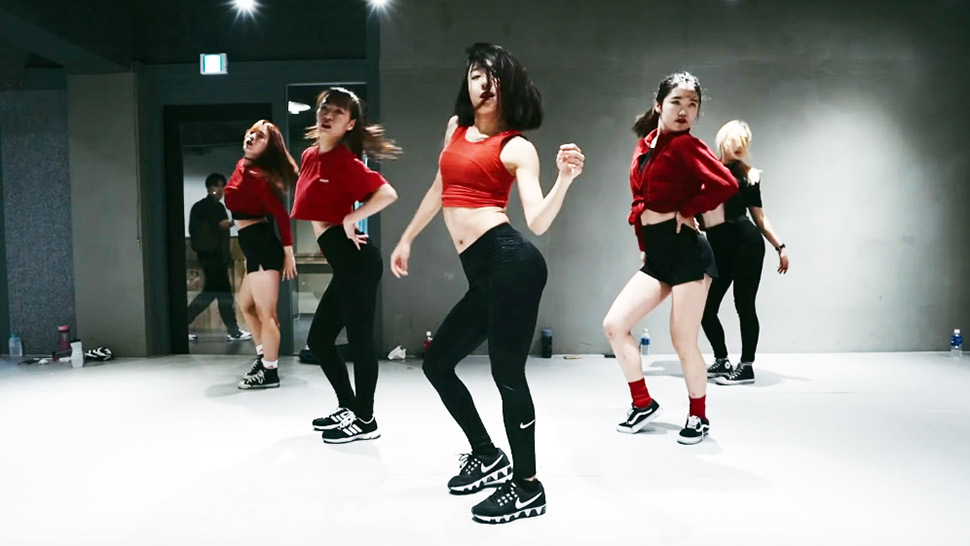 Dress codes for a recreational class will be less formal than for the conservatory or competitive classes. However, it is typical for a youth company format to involve a celebrated succession of color leotards that denote accomplishment of level. For example, the youngest dancers begin in ballet pink, the eldest and most accomplished dancers graduate to navy blue. Instructors must be able to see body alignment in order to provide essential body alignment information. Dress codes also ensure appropriate coverage and support of the body during class.
Dress codes for a recreational class will be less formal than for the conservatory or competitive classes. However, it is typical for a youth company format to involve a celebrated succession of color leotards that denote accomplishment of level. For example, the youngest dancers begin in ballet pink, the eldest and most accomplished dancers graduate to navy blue. Instructors must be able to see body alignment in order to provide essential body alignment information. Dress codes also ensure appropriate coverage and support of the body during class.
Facility
Visit the school and assess its cleanliness, safety of the entrance and parking lot and studio arrangement. Find out if there are student dressing rooms, accessibility to water and adequate lighting. Is the studio atmosphere vibrant and are materials (mats, barres, floors) in good condition? Ask about the flooring system in the studios and be certain your dancer will not be dancing on concrete. The gold standard for studio flooring is a floating floor covered with marley.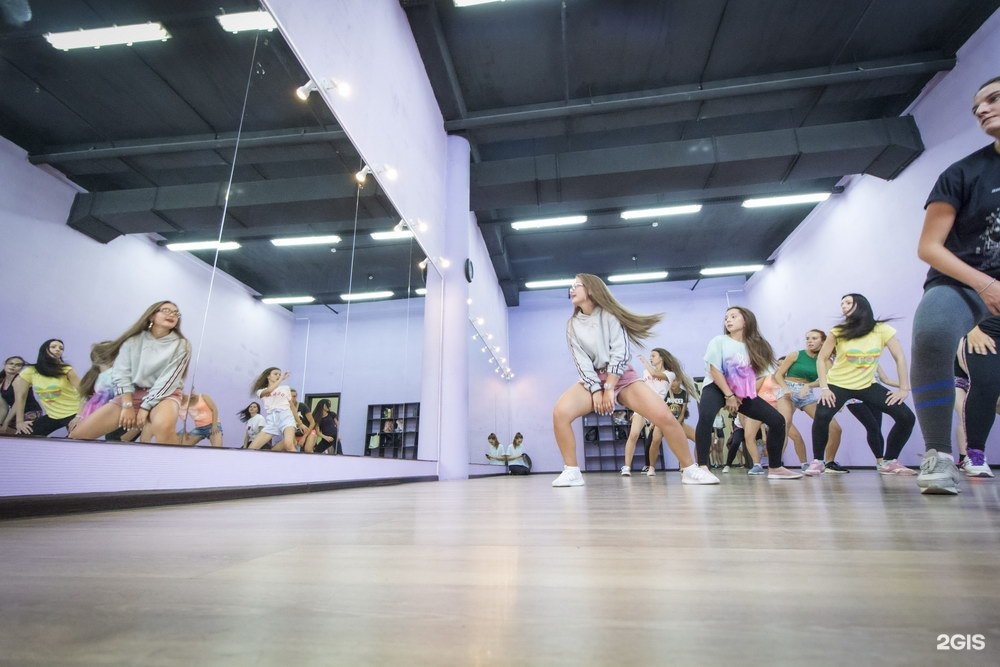 Find out what your dancer’s developing body will be spending hours training upon.
Find out what your dancer’s developing body will be spending hours training upon.
Camaraderie
Plan a time to visit the school with your aspiring student. Aim for arriving during the bustle of classes and, without causing disruption, peek into the classroom windows to get a sense of how classes are conducted at the school. Are the classes conducted in an orderly way? Pay attention to the rapport among studio faculty, students, parents and staff. Do people seem happy to be there and at ease? Do you see evidence of individual and group accomplishments being celebrated by the studio’s community via a newsletter or bulletin board postings in the studio? What types(s) of programs are in place for helping dancers at the studio feel part of the larger studio community? Big Sister/Big Brother programs between the older and younger dancers, open studio days, flash mob participation, fundraising activities and other recreational events help students and their families find the benefits of authentic community through the studio.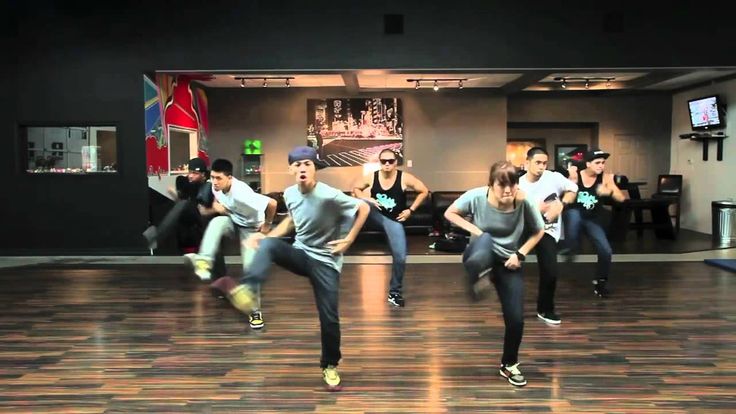
Performance Component
Does the idea of performing excite or terrify your child? Find out which class, company or competitive expectations best fit your student’s interests and register accordingly. Ask about the rehearsal time, financial commitment and volunteer expectations involved with the different options. Be realistic about discerning the best balance for your family.
Performance Samples
View performance samples from the studio. Many schools share these samples online. If not, ask for access to a recent recording. As you are watching, assess the age appropriateness of the choreography and costuming as well as the overall quality of the performance. Regardless of the technical ability of the dancer(s), the performance should look well rehearsed and polished.
Photo (top): © Antoniodiaz | Dreamstime.com
Related Items:choosing a dance studio, dance advice, dance studio, dance studio resources, dance tips
How to choose a dance school?
Dance classes are more popular than ever before.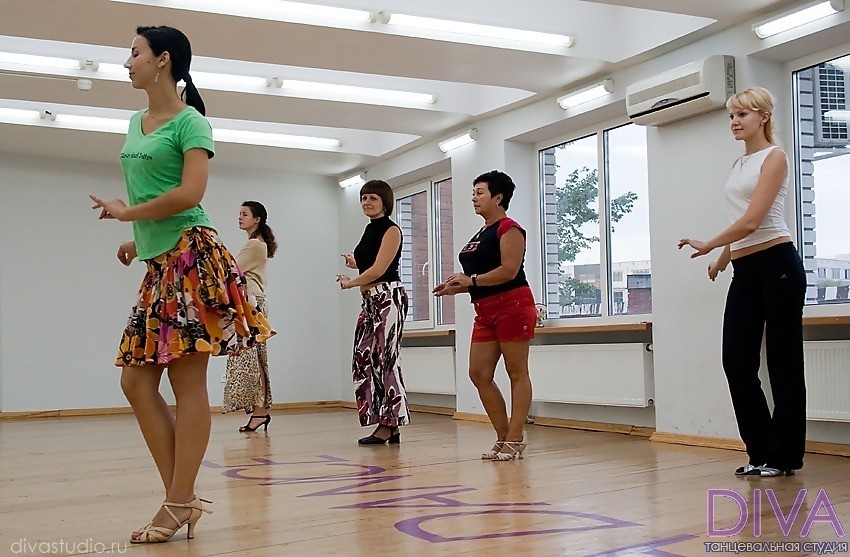 Many who want to try their hand at this art, feel the positive impact of this type of activity, develop special skills. It is not surprising that the number of dance sections and circles is growing rapidly, because great demand gives rise to an abundance of proposals in this area.
Many who want to try their hand at this art, feel the positive impact of this type of activity, develop special skills. It is not surprising that the number of dance sections and circles is growing rapidly, because great demand gives rise to an abundance of proposals in this area.
You can practice dancing professionally, devoting all your time and energy to it. Such a person sets clear goals and does everything possible to achieve them. It is also possible to be an amateur in this area, for whom success in the art of dancing is not the main task. It's just a hobby that brings a lot of positive emotions. But regardless of whether there is a desire to connect your destiny with the dance art and make it the main business of life, or you just want to be able to sometimes enjoy an exciting pastime, you should approach the choice of a dance school responsibly.
The concept of the dance school
So, first of all, decide what goals and results you are pursuing what you expect from classes.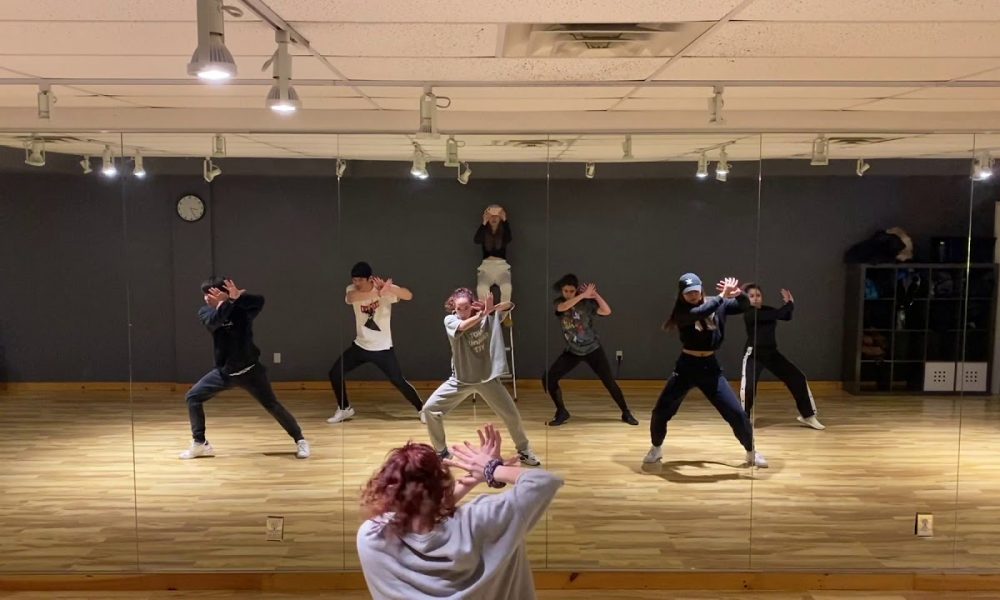 This will allow you to understand what exactly your “ideal” dance school should be and rush in search of it.
This will allow you to understand what exactly your “ideal” dance school should be and rush in search of it.
When choosing a school, ask what educational opportunities it offers. Specify which programs and formats it operates, what tasks it is focused on. There are those that are aimed at preparing exclusively professional dancers. Naturally, in this case we are talking about regular and serious classes, enhanced training.
Training will need to be approached very responsibly. There are also sections and schools that offer dance classes to everyone who sees them as a way of exciting pastime, active recreation and a charge of positive emotions. They do not practice too strict approach in teaching. You can attend classes if possible or if you wish. However, any coach will say that regularity is extremely important if you want to achieve certain results (lose weight, tighten your body, become more graceful, develop dance skills, etc.).
Also modern dance schools can be conditionally divided into three types:
- Working exclusively with adults or children .
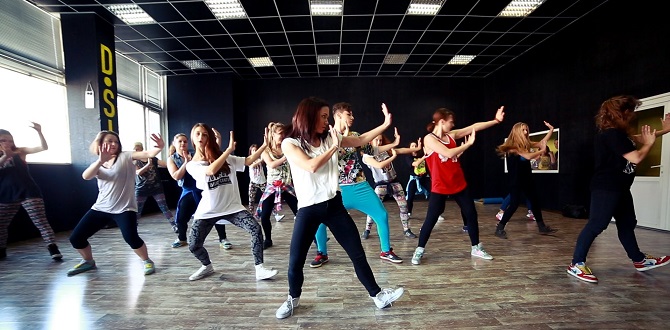 To work, for example, with children, teachers must have specific knowledge, skills, and experience. Such professionals have a certain specificity of work, and therefore the preparation must be appropriate. Not every school is ready to teach very young dancers.
To work, for example, with children, teachers must have specific knowledge, skills, and experience. Such professionals have a certain specificity of work, and therefore the preparation must be appropriate. Not every school is ready to teach very young dancers. - Highly specialized . We are talking about studios that work in a certain direction and style - Latin American, oriental, ballroom dancing, etc. However, there are fewer and fewer of them.
- General schools . They offer dance training in various styles, working with both adults and children. Anyone can apply, regardless of age and level of training.
What kind of dances are you interested in? Even if you are not sure that, for example, bachata , kizomba , pole dance or some other dance style is yours, it's not scary. Some schools offer free trial classes. Also, no one forbids visiting several workouts, trying different directions in order to be able to decide what exactly your soul lies in.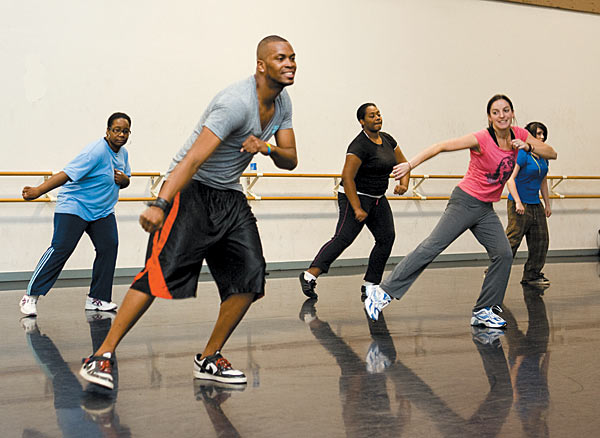
The dance of a thousand hands is traditional in China. Its peculiarity lies in the fact that it is always performed by 21 dancers. Their hands are so synchronous that an amazing illusion arises, as if there is one woman in front of you, skillfully moving many hands. Just imagine what preparation and how many rehearsals such dancers need to go through before entering the big stage!
Teaching staff
One of the key values of the dance school is carefully selected team of teachers . They must have excellent theoretical and practical training, have decent work experience, be able to interact and establish communication with different people. They must be masters of their craft. Before making a choice in favor of a particular studio, ask who will teach you to dance . What achievements they have, what regalia they have, how long they dance and teach, whether they improve their professional level - all these are significant indicators.
It is also worth paying attention to how long the school has existed. Great if it has been working for a long time. This indicates the stability and high quality of the services provided. Agree, if the school taught dance poorly, the students would not stay in it and, in the end, it would not have existed for a long time. And vice versa: a good school is practically not afraid of either adverse circumstances (including economic ones), or the fact that it will be left without its wards. The best advertising is satisfied customers who speak excellently about the studio, thereby attracting new students.
Variety of dance styles and programs
Multidisciplinary schools offer a wide variety of dance styles. And this is very good. It is possible that over time you will want to try some other areas of in addition to those for which you came to the studio initially. This will allow not to change the school, but to continue studying in comfortable and familiar conditions.
If you have not yet decided which dance direction to prefer, consider a few points:
- First of all, listen to yourself: what do you expect from the classes - to improve your physical fitness, have a good time or the opportunity to become an athlete?
- Secondly, if you want to dance alone, in a couple or in a group, how much time are you willing to devote to training?
You can consult with the school's specialists what dances and what format of classes may suit you. With more experience, they will be able to recommend what you should try. You can also watch videos of people dancing in certain styles.
Suitable learning format
Classes can be held individually, in group format and in the form of master classes . Here you need to decide which option is more preferable for you. Group trainings are aimed at working out the basics of dance, general learning of movements and ligaments. Not much attention is paid to each student. If you want to study at your own pace, which is convenient for you, improve your skills, it is better to choose individual lessons. They are also necessary for those who are preparing for competitions.
If you want to study at your own pace, which is convenient for you, improve your skills, it is better to choose individual lessons. They are also necessary for those who are preparing for competitions.
As for master classes, they will allow you to improve your dance “literacy”, gain new experience in one direction or another, and form skills. With their help, the skill of the dancer increases.
Comfortable conditions
It is important that dance halls are spacious, bright and preferably with mirrors . But not only. Comfortable conditions in changing rooms is another indicator of a good dance school. They should have enough space, warm in the cold season and cool in the warm season. Not bad if there are showers . This will allow you to freshen up after a busy workout, put yourself in order.
Let's say you don't know exactly what you want out of dancing. The so-called "trial period" will help you decide, during which you can listen to yourself and your feelings, understand what you like most and what you don't.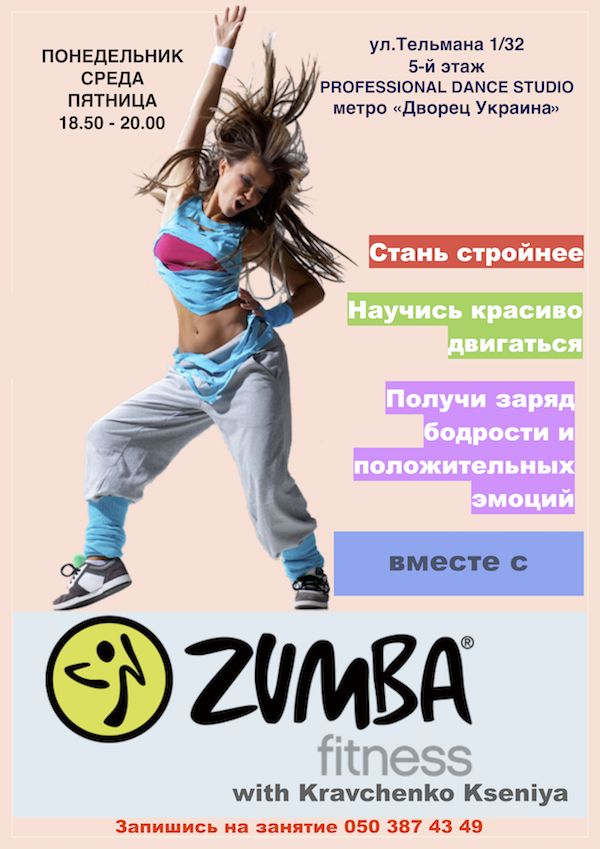 Already today you can start enjoying the dances that you will learn under the strict guidance of experienced and talented trainers. And it doesn’t matter at all what result a person is most interested in. Dancing is always an opportunity for self-expression, revealing one's physical potential and comprehending an unimaginable range of emotions.
Already today you can start enjoying the dances that you will learn under the strict guidance of experienced and talented trainers. And it doesn’t matter at all what result a person is most interested in. Dancing is always an opportunity for self-expression, revealing one's physical potential and comprehending an unimaginable range of emotions.
The use of article materials is allowed only if there is an active link to the source!!!
How to find a coach in a dance studio so that the business develops - Personal experience on vc.ru
440 views
Creating a successful dance studio is not only choosing a convenient location with a good repair. The decisive factor for success and attracting customers is a professional teacher who can masterfully not only dance, but also teach it.
What criteria should be followed when choosing a teacher, where to find that “diamond” and how to organize effective work? In search of answers, we interviewed owners of dance schools and studios from all over the country, analyzed the information and deduced the very formula "How to find your ideal coach.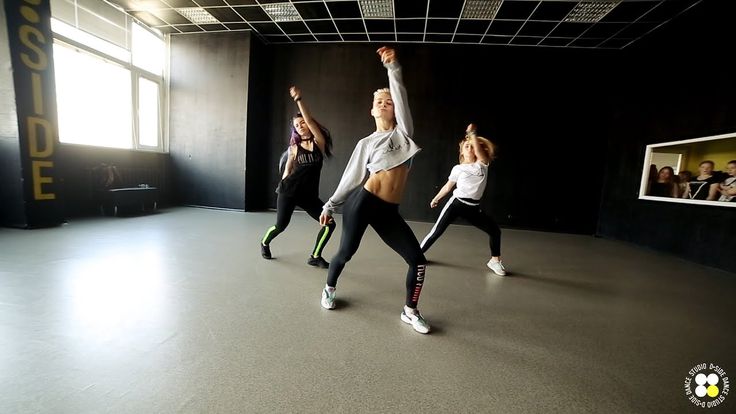 "
"
“We have a very careful selection of teachers. Initially, we did not have much funding. We couldn't afford to rent a large space and set aside a large amount of money for advertising in order to somehow recruit a group for a lesson with an unknown trainer. For us, it was important to have people who will be the core of the company, to whom customers will reach out. For us, coaches are the faces of the company. Our team is super carefully selected”
Anna Nikolskaya, Palestra Dance Studio
What kind of a good coach is he?
Many mistakenly believe that becoming a coach is easy. It is enough to “watch a video course of 10 lessons, learn cool movements and you can already recruit a group.” Studio owners do not support this position.
“Before sharing skills, you need to master them”
Valeria, Dance Space “Atmosfera”
Experience matters .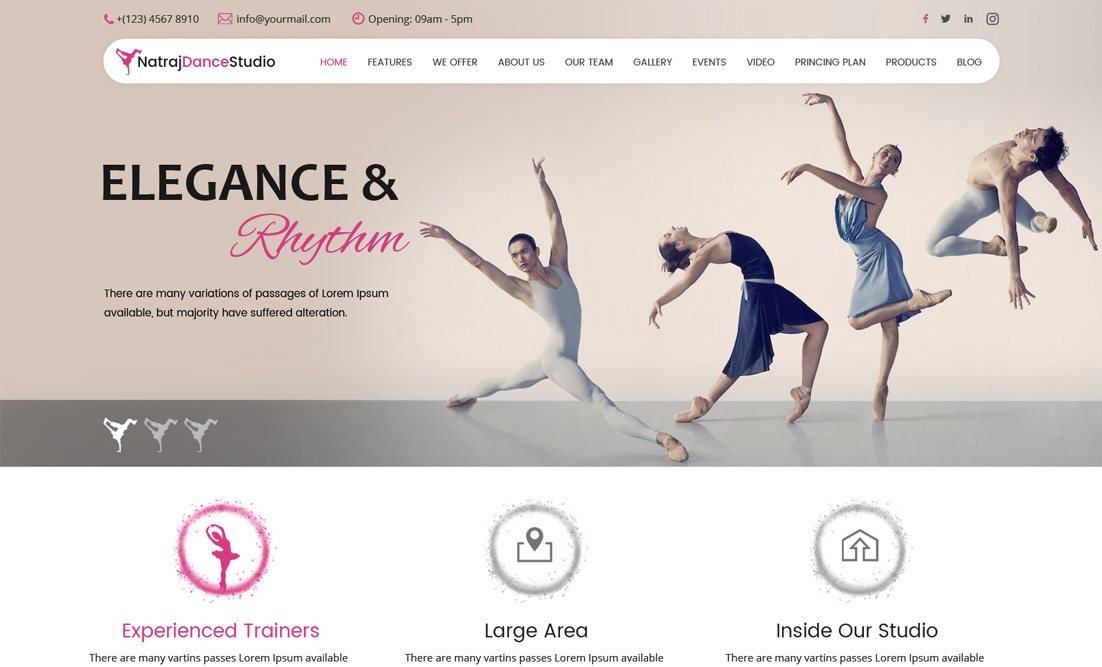 It is difficult to argue with the fact that an artist who has many lessons, competitions and battles behind him cannot dance. This is how dancers fulfill themselves and become competitive.
It is difficult to argue with the fact that an artist who has many lessons, competitions and battles behind him cannot dance. This is how dancers fulfill themselves and become competitive.
“I myself am the head and founder of the studio. I have an education as a ballet dancer and choreographer, I studied at GITIS. And plus, as an artist, I worked for a long time at the Russian National Ballet. Traveled all over Europe and America. The experience is colossal. And therefore, of course, I also select people who will have good experience in the team. I have no goal to save money and take a person without an education who has learned to lead something from a video. I’d rather take a coach with experience, a professional, and pay him a little more, but in my understanding, he will be a qualified person”
Anna, Palestra Dance Studio
Admittedly, some dance school owners noted that they could take a person with no experience and finish teaching him if he showed good results as a coach and teacher. We conclude that in order to teach a client you need to be able to explain and transfer your experience.
We conclude that in order to teach a client you need to be able to explain and transfer your experience.
Very famous topic:
"You can be a very good dancer and no coach." And it's all over the place. Therefore, we always have a part at the interview where we dance with the applicant, we work in pairs ”
Margarita Aleshina, founder of the dance studio Pro Am "Dance Capital" Margarita Aleshina
In this situation, the leader puts himself in the place of the student and tries to understand whether the applicant will cope with the role of a teacher.
The client should be psychologically comfortable. Still, dancing “in front of witnesses” for many is a way out of the comfort zone. The coach should help the student to open up, stop being shy. To do this, you need to be able to communicate and communicate correctly with a student. Coaches must understand.
“If he (note the future coach) performs well and knows how to teach, that's cool.
But if I see during a trial lesson that a person is completely unable to communicate and explain what he wants from his audience, then he will not be able to work with us”
Anna, Palestra Dance Studio
This position is shared by many studio owners. People will stop attending classes if they do not understand what they are paying money for.
And of course, the trainer must develop himself. Dancing is a dynamic movement. New styles appear regularly, some go out of fashion. It is important to follow trends if you want to stay afloat.
“We take a person and offer him different ways of development. Every month, every year we work to ensure that our teachers are trained. In professional terms, we bring some modern dancers, well-known and popular, and take ours to master classes. We also have first aid classes, for example. It is important, necessary, constant training is necessary”
Valeriya, Dance space "Atmosfera"
So, we conclude :
Good coach and higher education.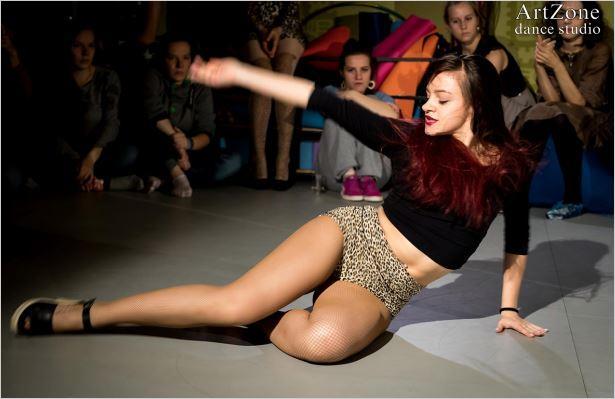
Should a coach have a high school or college diploma? The question is moot.
The classic base is the basis for a good dancer. In educational institutions, the artist is given basic dance skills. After such preparation, it is much easier to develop in new directions.
“When applying for a job, it is very appreciated if the applicant has a basic ballet education. Or higher education in the field of ballet pedagogy. If the applicant has a higher education, then we look at which institute he graduated from. Usually we know where and what kind of teachers, what and how is taught. You can draw conclusions already by where a person studied. If the applicant has both a college and a higher education, it's just super”
Anna, Palestra Studio.
Anna's school specializes in ballet and contemporary stage dance.
It is important to understand that classical education is not a panacea. It is rather a foundation and a base, and when applying for a job, the dancer's technique will be valued first of all, and not a stack of his diplomas.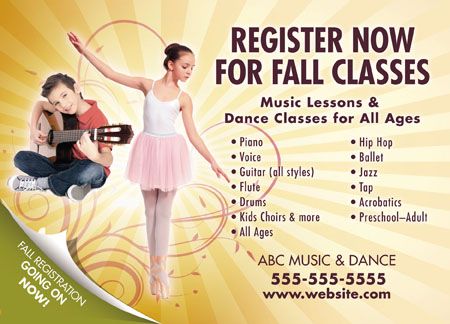
“There are classical styles, for example, variety dances, contemporary. For their execution, a classic base is needed. We have teachers from dance schools, art colleges. They own the base. But if we are talking about modern dances, the question is different. This is not taught in universities”
Natalia, YES Dance Studio
Activities with children - a separate category. This is more about psychology than technology. If in the case of an adult group, one can become a trainer due to high professional skills, then for children and adolescents, special competencies are needed - pedagogical education.
“If it concerns a children's group, then we, of course, look at the availability of pedagogical education or pedagogical courses. We want a person to have an idea that children are a very soft nature and you need to be careful with them. We not only teach children to dance, in training there is a process of education, albeit a superficial one.
Therefore, it is important that a person has an idea about age psychology, children's characteristics. This is important for the child, and for the parents, and for us”
Valeriya, Dance space "Atmosfera"
Conclusion: higher or secondary education in dancing will not be superfluous. This is the base of the dancer. But is even more important - the skills of the coach . A good teacher is valued for his technique and desire for self-improvement, and not for the number of hours spent at the university. The exception is working with children. Pedagogical competencies are necessary here and you can’t argue with that.
Where to look for your ideal coach?
There is no correct answer to this question. Each employer uses a source that is accessible and understandable to him. The most popular is word of mouth.
Professional dancers attend competitions, master classes and other events. There they, one way or another, communicate with their colleagues, find new acquaintances and a potential team.
“The dance world is very small. Initially, probably all the dancers who are something of themselves in St. Petersburg understand who I am. And I understand all those dancers who are something of themselves in St. Petersburg "
Margarita, Founder of the dance studio Pro Am "Dance Capital"
Another way - castings . Studio owners often post announcements on their social networks about the search for a new member to the team, collect applications and announce a review.
“We are looking for coaches through social networks, we are announcing a casting. People write to us all the time that they want to work. We send them a questionnaire. We now have over 200 people in our database. But few of them suit us. We arrange casting once a season. On average, out of thirty people who come, we take one. Applicants come and dance, fill out forms in advance”
Anastasia, OK dance studio
There is another interesting way. Let's call it "educating your own coach" . The owners of dance studios note that in their practice there were cases when their students improved and upgraded their skills, and then they recruited their class and began to teach people. And they did it quite well. Therefore, this option of finding your ideal coach cannot be excluded from this list.
Let's call it "educating your own coach" . The owners of dance studios note that in their practice there were cases when their students improved and upgraded their skills, and then they recruited their class and began to teach people. And they did it quite well. Therefore, this option of finding your ideal coach cannot be excluded from this list.
To job search services , for example HH.ru, studio owners use it much less often. But as one of the options for finding an applicant, they cannot be dismissed. Both a novice dancer and a professional with extensive experience can leave their resume on such sites.
Corporate culture for pleasant weather in the team
Nobody likes turnover. Especially in a business like a dance school. The client gets used to his coach - he already knows his capabilities, understands psychology, knows how to relax and make the lesson comfortable. When leaving the studio, the coach often takes clients with him. Competent founders of dance schools try to prevent this from happening.
Competent founders of dance schools try to prevent this from happening.
A strong team is made up of two unshakable pillars - a decent salary and an atmosphere in the team.
The work of a trainer should be paid adequately by the standards of the market - these people give a lot of physical and moral strength to make the client happy. They also need funds for their own development. If you want to get a classy professional - appreciate his work at its true worth.
A friendly team, a good leader is another reason to be happy to return to work. If a person feels support and respect, then he will not want to leave you. A competent leader should not be indifferent to his subordinates. Give the coach confidence that he will not be fired or deprived of income if he is forced to take an unscheduled day off or sick leave.
“As a dancer, I understand that teachers get much less than they deserve. Of course, in the future I would like to pay more to my coaches, to improve their standard of living.
I understand that you need to invest a lot to become a good dancer. The second is the atmosphere in the studio. The way we communicate, our cozy beautiful halls, a clear schedule. Creative people need it”
Anastasia, Studio “OK dance”
Sometimes the coach will have refuse you. It is quite a normal desire to gather effective personnel in your team. Usually, so that the group does not have to be dissolved after the start of classes, the coach is allowed to work gradually. First they give one class, then several personal trainings. If a person shows a great result, employment is increased. On average, such a trial period takes plus / minus a month.
And what a good coach should be, we have already told above.
Effective coach.
Imagine you have assembled your ideal team. Before you are professionals with burning eyes, ready to share their skills with others. How to organize work so as not to overload your employees?
The most effective, according to experts, trainer works 3-4 hours a day . More than 6 hours of physical activity is hard to endure even for a professional. In addition, the teacher can combine teaching at your school with other activities, such as studying. Let a person work less, but show a cool result, than spend a lot of useless classes and discourage clients.
More than 6 hours of physical activity is hard to endure even for a professional. In addition, the teacher can combine teaching at your school with other activities, such as studying. Let a person work less, but show a cool result, than spend a lot of useless classes and discourage clients.
The number of people in the group for the coach most often does not play a big role . The main thing is the size of the hall where the lesson takes place. The smaller the area, the smaller the group. Both the students and the coach should be comfortable in the classroom. No one wants to push and dodge their neighbor's limbs during a workout.
Gender and age do not play a significant role for employers. As we have already said, the main thing in an effective trainer is skills and the ability to explain. Dances are taught by both men and women of all ages. The main thing is the return and the result at work.
“Sex and age don't matter.
